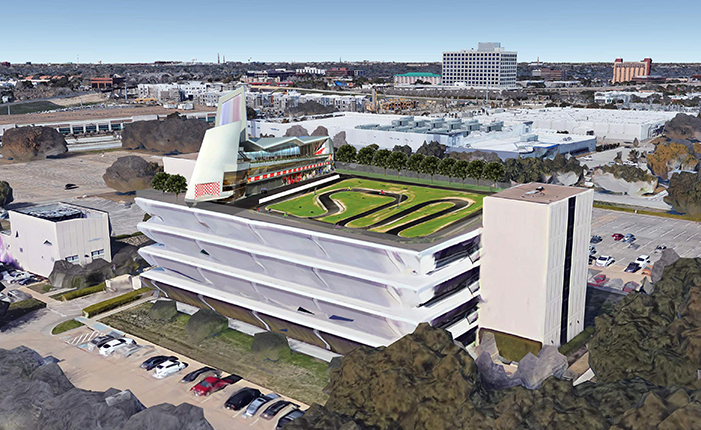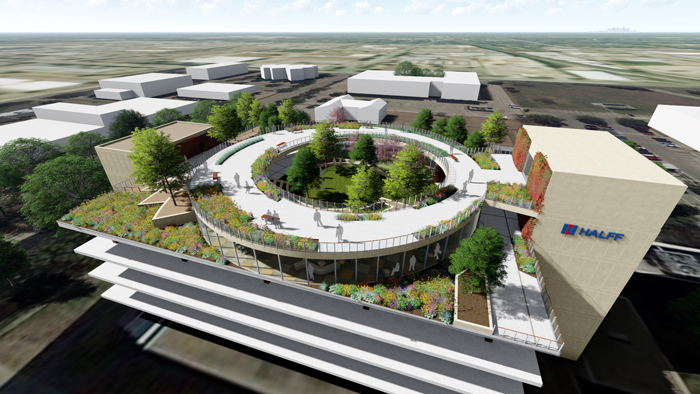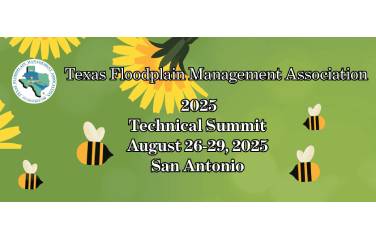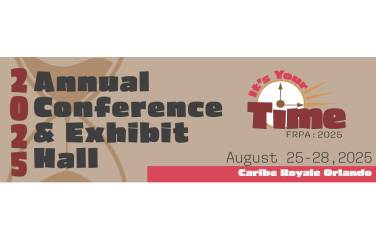Friendly Competition Leads to Better Ideas and Workflow
Sports teams will often hold scrimmages—or practice games—that involve team members competing against each other. The goal of these scrimmages is to improve players’ individual performances while helping teams discover their own strengths. Our Planning and Landscape Architecture practice has hosted two internal design competitions to achieve similar goals.
“The intent of the competitions was to get the entire practice talking and start sharing thoughts and ideas about a unique issue or problem we invent,” explained Team Leader and Director of Landscape Architecture David Buchanan, the mastermind behind the contests.
“It boils down to communication. I wanted to make sure we as a practice are working together the best we can, and so the goal is to use this as a tool to open up conversation and share ideas. We’re a creative industry naturally, and the more heads we can get on a design problem, the better the solution. Our goal is to do that.”
ROUND ONE: DESIGNING A PAVILION
The first design competition was in October 2016. The rules were relatively non-specific, and team members from Richardson and Oklahoma City were tasked with designing an outdoor pavilion structure for a downtown area in a budding community. David sent the design problem out with a list of criteria to the team and gave everyone two weeks to work on a solution before they presented ideas.
“We tried to limit the rules and parameters because those limit creativity,” he said. “We’re used to dealing with projects that always have constraints, so it’s nice to get a project—similar to school—where we don’t get constraints. There wasn’t a budget. We did what we felt was right as sort of a creative outlet.”
Employees followed a design process used in projects: Start with hand sketches, move into SketchUp and then create a rendering in Lumion. Employees worked on their submissions individually during lunch or after work hours.
Urban Planner Kendall Howard won the first competition with her pavilion shade structure design. She was awarded a wooden headphone stand that David created by hand.
ROUND TWO: THE FIFTH-FLOOR COMPETITION
The second competition—creating a rooftop design for Halff’s Richardson office—was held in May 2017. Four teams from the Richardson, Oklahoma City and Austin Planning and Landscape Architecture groups participated.
Facilities Manager Ron Prange provided as-builts from when the Richardson building was purchased for teams to reference. Members from the Richardson teams went upstairs and took pictures to send out so the other offices could see elements to consider in the design process, such as views and light patterns.
Each of the four teams took vastly different approaches when crafting and presenting their final products. Some used PowerPoint to explain the thought process behind the design, while others showed sketches or presented multiple solutions. The end results varied from a serene outdoor wellness space to a high-speed race track.
One of the Austin teams created a race track called the “Halff Wing” for the fifth-floor rooftop competition. According to the team’s submission, the design’s focal point is “a 60-meter-long pit and paddock building that spans the length of the roof.”
“This was an exercise for creativity and fun,” said Aaron Cooper, who was part of the team that created the “Halff Wing,” a large rooftop race track. “Even though our project was in no way realistic, we enjoyed being able to think outside of the box.”
Each of the participants completed a survey in SurveyMonkey to determine this round’s winner. David’s team (Johnathan Pomietlo, Ryan Brown, Justin Marston and Nate Clair) won with their “High Five” rooftop garden design, but this time, the grand prize was bragging rights. Regardless of the award, the competition has always been about more than winning.
David Buchanan’s team designed the conceptual “High Five” rooftop garden for the PLA internal design competition.
“What I think is cool about the competition is it gives us new ideas and ways to think about things, but it also lets us hone our process,” explained David. “With the fifth-floor competition, we were able to discover new and more efficient ways to do things in the software that we use that we didn’t know before, because doing something like this allows us time to think about the process. When we’re focused on efficiency and putting our nose to the grind to get things done on time, we sometimes don’t really have time to step back and self-assess.”
LET THE GAMES CONTINUE!
Though it’s been a year since the last competition, David is hopeful the practice can find time for another competition soon. Since May of last year, the group has been too busy with client work to find time for another go-around.
While these contests might appear to be fun and games, the spirit of the competition is actually rooted deep in Halff’s legacy as a firm.
“To me, things like this and the creative solutions we provide tie back to Dr. Halff’s vision and what his philosophy was back when the firm first originated,” said David. “Based on my understanding and what Joe Novoa said, he had a tendency to create his own problems. He created the problems and provided the solutions for municipalities.
“This is a small step to that, but again, I think it could turn into something similar: We’re out and about and we see a problem, we create a competition to resolve that problem and who knows? Maybe we could present that solution to the client to say, ‘We as a company or a team saw this problem. Here’s a way you could potentially resolve it.’ And it’s more informative to them and shows that we take interest in and care about the community around us.
“Philosophically, that’s a good end result. It’s also just fun.”




